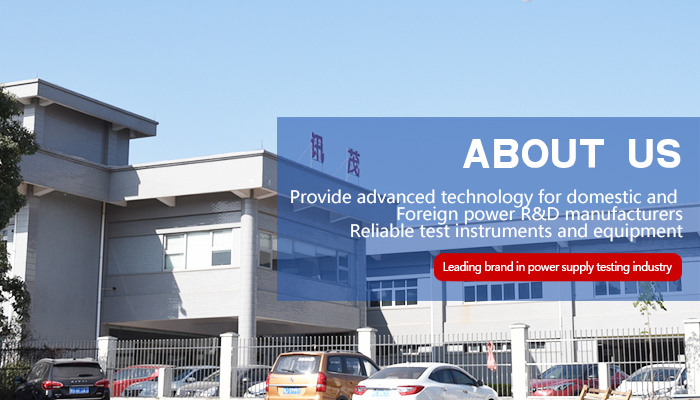Welcome to visit Xunmao Technology (Dongguan) Co., Ltd. website!
Hotline:18138203997


 Entering Xunmao
Entering XunmaoThere are three types of aging loads: resistive loads, electronic loads, and energy-saving loads.
(1) Resistive load: Due to the fixed resistance value and power parameters of the resistive load, manual switching of the switch is required to switch different load gears during aging testing of different power supply models, which is inconvenient to operate and has gradually been phased out. It is now only used in some special occasions, such as low-cost low-power power supply aging testing equipment.
(2) Electronic load: Electronic load is an intelligent load that uses electronic components instead of resistors. Unlike resistive loads, electronic loads can set the size of the load through software and monitor the actual load value. Therefore, the aging testing process can be automated through upper computer software, reducing labor costs and improving testing quality. When testing with an electronic load, the voltage output by the tested power supply is applied to the MOS transistor inside the electronic load. By adjusting the driving voltage of the MOS transistor, the resistance value on the MOS transistor is adjusted. Therefore, the electronic load converts the power output by the tested power supply into heat consumption by the MOS transistor. Due to the power limitation of MOS transistors, the electronic load power is not large, and MOS transistors require large heat sinks for heat dissipation, resulting in a larger volume. Due to the lack of energy storage components inside electronic loads, their dynamic response is fast. The above characteristics determine that electronic loads are suitable for aging testing of low-power chargers and LED drive power supplies that require fast dynamic response of the load.
(3) Energy saving load: Energy saving loads can not only achieve load functions, but also convert the direct current output by the tested power source into alternating current through power electronic conversion technology and feedback it to the power grid for recycling, achieving the goal of energy saving. The energy-saving efficiency can reach over 80%, and it usually takes one to two years to recover the load cost through the saved electricity bills. In addition to saving electricity bills, energy-saving loads can also reduce the equipment cost of power distribution and lower the cost of air conditioning equipment required to emit load heat.